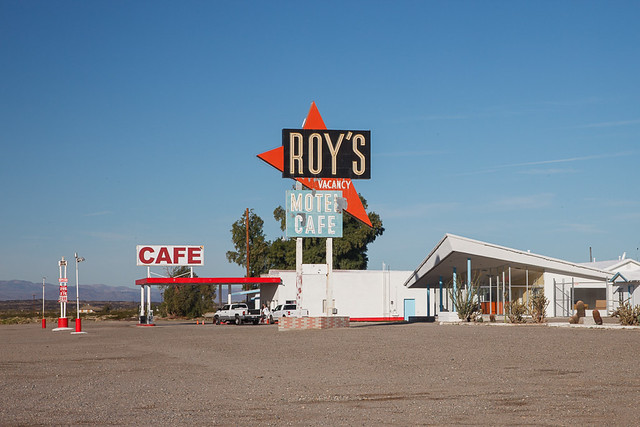“The Traveler sees what he sees. The Tourist sees what he has come to see.” G.K. Chesterton
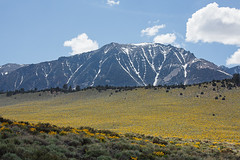 I can only be in one place at a time, so I have to be efficient and pack as much opportunity as I can into my time in the field. Every day has the sun rising and setting. Some weeks have wildflowers. Fall colors may be peaking in a given location for only a few days to a week. The Milky Way is available during a few weeks of the year, a moon rise at sunset or moon set at sunrise about a dozen times each. So I pick a prime season, the most likely peak days and times.
I can only be in one place at a time, so I have to be efficient and pack as much opportunity as I can into my time in the field. Every day has the sun rising and setting. Some weeks have wildflowers. Fall colors may be peaking in a given location for only a few days to a week. The Milky Way is available during a few weeks of the year, a moon rise at sunset or moon set at sunrise about a dozen times each. So I pick a prime season, the most likely peak days and times.  Workshops take me out of the field as I work on permits, itineraries, write descriptions, set up payment / registration buttons, and I perform a some kind of marketing to get them seen, if only a mention or two on social media. I'm not going for volume, and I personally lead all of my workshops, so they are designed to place you in a stunning place, in a peak season, as the exact best time.
Workshops take me out of the field as I work on permits, itineraries, write descriptions, set up payment / registration buttons, and I perform a some kind of marketing to get them seen, if only a mention or two on social media. I'm not going for volume, and I personally lead all of my workshops, so they are designed to place you in a stunning place, in a peak season, as the exact best time.The first week of June is amazing for the Eastern Sierra for so many reasons. Some snow remains on the Sierra Nevada (and possibly the White Mountains) to catch alpenglow, and there can be a fresh snowfall around the end of May to refresh that surface. Several species of wildflowers are starting to bloom, profusely in some areas.
This year the new moon and Milky Way shooting timing coincides with this week, and we have the possibility of a late spring storm from the northwest for interesting sunrises and sunsets, or warmer monsoon moisture from the Baja coast that could bring dramatic afternoon clouds, showers and rainbows, or evening thunderstorms.
I used to be nervous about the thunderstorms interfering with night photography, but I've learned through experience in Bodie and the surrounding area that convection-driven storms tend to break up or blow east by the time the sky is fully dark around 10/10:20, so they're really just bonuses for sunset and twilight shooting, even when rain showers interfere locally for an hour or so (and even then they often give way to rainbows).
 Tioga Pass may have just opened and we may have interesting iceout conditions on the lakes. More often than not the pass opens in May, so with 89% snowpack, the odds are good for a normal, mid to late May opening. It seems like they often try to wrap up whatever road maintenance is needed in time for an opening for Memorial Day weekend, so I'm going to guess Friday at noon as the official time, but cars line up early and they often let them in around 9 am.
Tioga Pass may have just opened and we may have interesting iceout conditions on the lakes. More often than not the pass opens in May, so with 89% snowpack, the odds are good for a normal, mid to late May opening. It seems like they often try to wrap up whatever road maintenance is needed in time for an opening for Memorial Day weekend, so I'm going to guess Friday at noon as the official time, but cars line up early and they often let them in around 9 am.We'll start with a sunrise on Thursday, pursue wildflowers and weather during the day, have an early dinner, and head back out for sunset at Mono Lake.
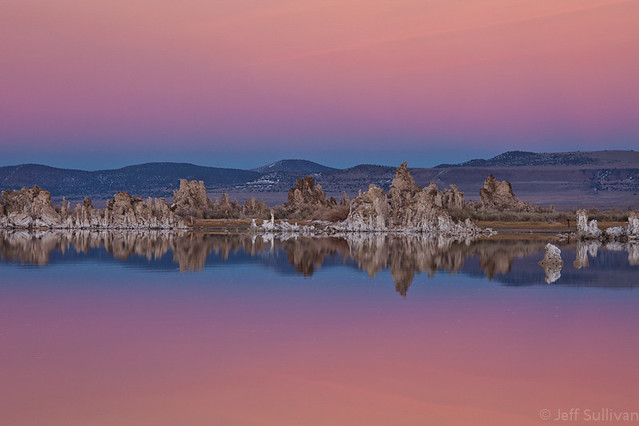
We'll pick from a number of spots for Milky Way shooting, and arrive by the time it's fully dark at 10:07, when the galactic center of the Milky Way has already risen 6 degrees, perfect for placing it in our compositions.
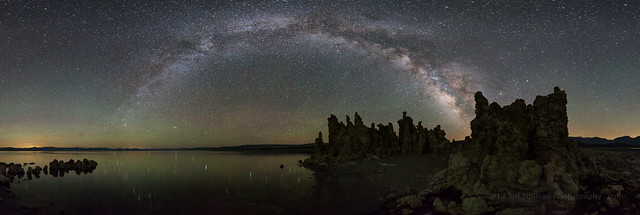
Friday we'll catch sunrise at Mono Lake before the weekend crowds arrive, shoot different wildflowers, maybe explore some interesting geology or head up to Tioga Pass if its open for snowier views. Another sunset spot, More night photography, and turn in not too late since most of us are continuing on to Bodie the following night, and Bodie interiors the following morning.

Plans are all well and good; I frequently plan something as simple as a sunset moon rise composition weeks in advance. But landscape photography is about light, so if you're on a workshop, you want a leader have enough depth in detailed regional knowledge to be ready to ditch all plans and react to the weather and light if there's more potential 20 or 30 miles from where you are. So leave the tourists behind who are stuck to their fixed agenda, and rather than a traveler who reacts to the weather and looks for a place to shoot it, you can travel with a local who knows the opportunities in every direction, and anticipates the conditions before you pick the next destination and hop in the car to arrive there just in time.
 Early June in the Eastern Sierra offers an annual convergence of so many factors which could make photography conditions stunning. Photography is more fun shared, so I can't wait, and all the better that I get to share all of this bounty with old and new friends!
Early June in the Eastern Sierra offers an annual convergence of so many factors which could make photography conditions stunning. Photography is more fun shared, so I can't wait, and all the better that I get to share all of this bounty with old and new friends!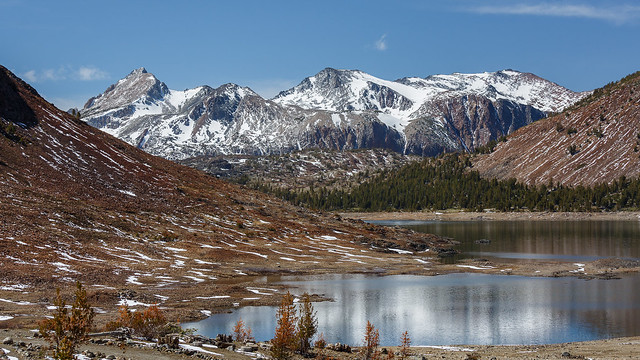
Most of the participants are returning customers, but we have room for one or two more if anyone's interested!


Connect with or contact me in all of the usual places for photographers: Flickr, Facebook, Instagram, Twitter, Google+, YouTube, 500px, Tumblr, or my Web site.


